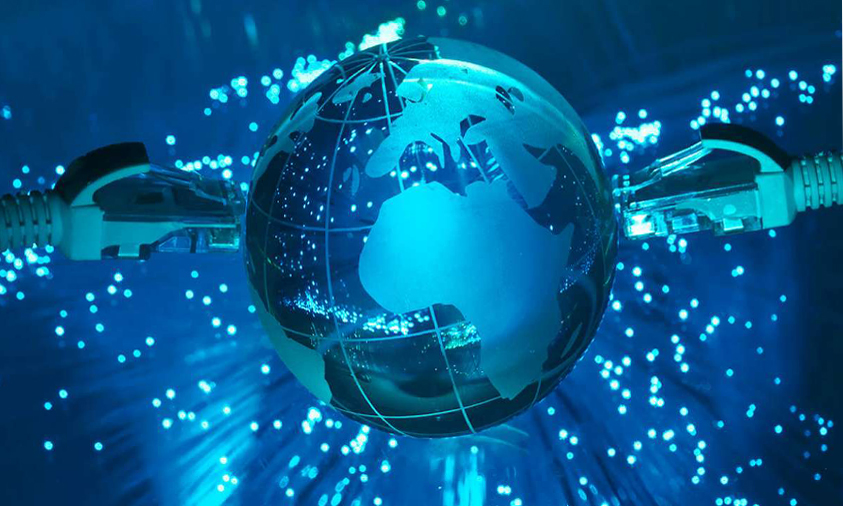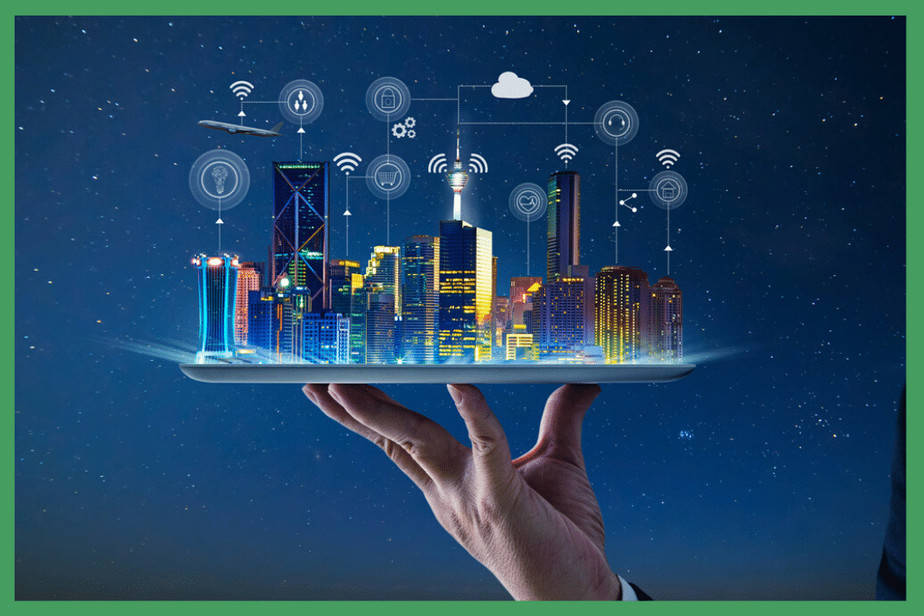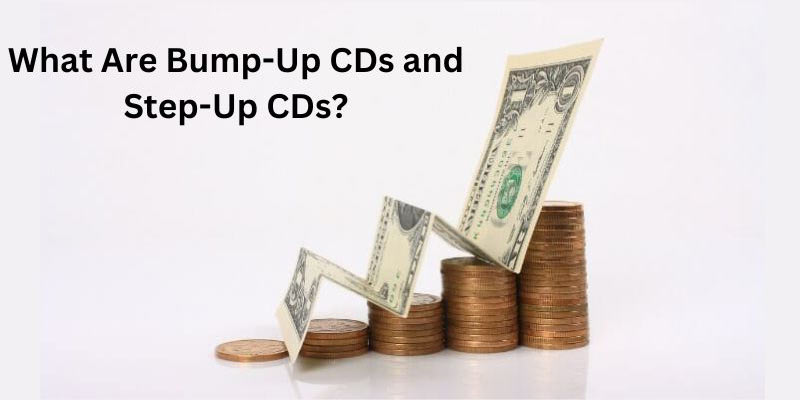Broadband refers to high-speed, always-on Internet connections that can carry more data than traditional telephone lines. Some have called the FCC's minimum 2015 definition of broadband, which requires a download speed 26 Mbps and also an uplink of the at least 3 Mbps, inadequate.
The United States has a serious problem with the availability of cheap broadband Internet. It separates individuals who have access to fast Internet from those who don't, often those living in rural and low-income areas.
Is Broadband Necessary?

Call-up was the first method of connecting to the Internet; users would dial a number from their home phone and then use a modem to connect their computer to their ISP. Dial-up connections can only reach speeds of up to 56 Kbps for technical reasons, which is sufficient for checking email but not much else nowadays. 6
The Federal Communications Commission states that those who study remotely or work from home require download speeds of 5 to 25 Mbps. In many locations, such download speeds are either unavailable or prohibitively expensive, contributing to the digital divide.
Major Broadband Technologies
Digital subscriber line (DSL), cable modem, fiber, satellite, wireless, and broadband via powerlines are all examples of broadband delivery systems. Each has benefits and drawbacks, but the speeds are far higher than dial-up.
- DSL, similar to dial-up, employs phone landlines at download rates up to roughly 115 Mbps. Given that DSL utilizes existing phone infrastructure, it is accessible even in more remote locations.
- Cable internet delivers download rates of up to 1 gigabit per second, while 100+ Mbps is more frequent. Outside of urban centers, cable internet access has become commonplace.
- Fiber transmits data at 1 Gbps using small glass and plastic lines. There are only so many to go around, however.
- The availability of satellite service is a significant benefit over alternative options. Your PC or mobile device receives internet service via a satellite connection. Unlike other forms of Internet, satellite download rates top out at around 25 Mbps, which is rather sluggish.
How Common is High-Speed Internet Where You Currently Reside?
While satellite Internet is, as previously said, accessible worldwide, other forms of broadband Internet access are limited by the location of their service providers. Fortunately, most places provide more than one choice so that you may pick the best one for your needs and budget. You may learn more about what's offered in your region with the aid of two resources:
- If you go to the FCC's Fixed Broadband Deployment website and enter your ZIP code or street address, you'll get a list of broadband providers in your area, along with the types of broadband they provide and the speeds at which they operate.
- Broadband Search asks for your ZIP code and displays local costs and speeds.
Broadband Costs on Average

The higher the speed of a broadband connection, the more it will cost. Connection type and geographic location are other important considerations. Costs for DSL, cable, fiber and satellite internet in 2021 ranged from $51 to $64 to $86 per month, as reported by Reviews.org. In most cases, fiber is the quickest alternative, but its availability is restricted, especially in more remote places.
Broadband Bill-Paying Programs
Thankfully, both the government and internet service providers (ISPs) provide initiatives to lower the cost of internet access for people who qualify. The digital gap we have been discussing can only be closed in large part through these kinds of initiatives. U.S. President Joe Biden signed a historic $1.2 trillion Infrastructure Investment and Jobs Act into law in November 2021. The Affordable Connectivity Program will receive $14 billion, high-speed internet access for underserved areas will receive $42.5 billion, and digital literacy education will receive $2.75 billion.
Initiative for Low-Cost Network Access
The Emergency Broadband Benefit (EBB) program, which assisted low-income households in affording internet connection during the COVID-19 epidemic, will be phased out by the end of 2021, and the ACP will take its place. The ACP is a longer-term scheme that provides fewer monthly subsidies than the EBB. It's less than EBB's maximum monthly payment of $50, but it still helps pay for internet service for eligible homes.
Lifeline
The FCC also supports the Lifeline program, which is a federal initiative. It can save up to $9.25 on your monthly phone or internet bill (or up to $34.25 if you live on the tribal property).
You may join Lifeline in one of two ways:
- If your salary is 135% of the poverty level
- If you or a family member take part in any of these programs: Food Stamps, Supplemental Security Income, Veterans and Survivors Pension, Federal Public Health Insurance, Native American Tribal Programs
Assuming you meet the requirements, the next step is to select a local service provider who is taking new customers.



